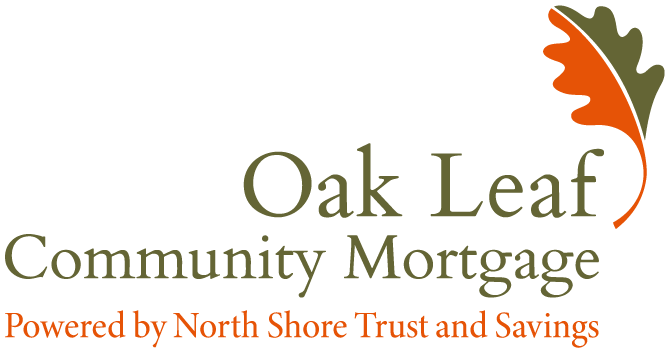Lo que hay que saber para ahorrar a lo grande cuando bajan los tipos
A la hora de comprar una casa o refinanciar su hipoteca, el tipo de interés que se asegura es uno de los factores más críticos para determinar su pago mensual y la cantidad total que pagará durante la vida de su préstamo. Entender cómo funcionan los tipos hipotecarios, qué influye en ellos y por qué es esencial controlarlos puede ayudarte a tomar decisiones financieras más inteligentes. Entremos en detalles.

Cómo funcionan los tipos hipotecarios
Los tipos hipotecarios representan el coste de pedir dinero prestado para comprar o refinanciar una vivienda. Se expresan como porcentaje del importe del préstamo y se aplican anualmente. Por ejemplo, un tipo hipotecario de 5% sobre un préstamo de $200.000 significa que pagarás $10.000 en intereses al año (antes de tener en cuenta los pagos del principal).
Los tipos pueden variar en función del tipo de préstamo que elija:
- Hipotecas a tipo fijo: El tipo de interés se mantiene invariable durante toda la duración del préstamo, por lo que los pagos mensuales son previsibles.
- Hipotecas de tipo variable (ARM): Comienzan con un tipo más bajo durante un periodo fijo (por ejemplo, 5 años) antes de ajustarse periódicamente en función de las condiciones del mercado, lo que puede dar lugar a pagos más altos o más bajos a lo largo del tiempo.
Cómo se calculan los tipos hipotecarios
Varios factores influyen en los tipos hipotecarios que ofrecen los prestamistas:
- Condiciones económicas: Los tipos tienden a subir durante los periodos de crecimiento económico y a bajar durante las desaceleraciones económicas.
- La Reserva Federal: Aunque la Reserva Federal no fija directamente los tipos hipotecarios, su política de tipos de interés a corto plazo influye en ellos.
- Inflación: Una mayor inflación suele traducirse en tipos más altos, ya que los prestamistas exigen más rentabilidad para compensar la pérdida de poder adquisitivo.
- Tipo de préstamo y plazo: Los tipos pueden variar en función de si elige un préstamo a 15 años, 30 años u otro plazo y del tipo de producto hipotecario.

Factores que afectan a su tarifa personal
Su situación financiera individual también desempeña un papel importante a la hora de determinar el tipo de interés de su hipoteca. Entre los factores clave se incluyen:
- Puntuación de crédito: Las puntuaciones más altas suelen dar derecho a tipos más bajos.
- Pago inicial: Un pago inicial mayor reduce el riesgo del prestamista, lo que suele traducirse en mejores tipos de interés.
- Ratio deuda-ingresos (DTI): Los prestamistas prefieren prestatarios cuyas obligaciones mensuales de deuda representen un porcentaje manejable de sus ingresos.
- Importe del préstamo y tipo de propiedad: Las propiedades no convencionales o préstamos jumbo pueden venir con tasas más altas.
¿Tiene preguntas sobre sus opciones de préstamo hipotecario? ¿Desea conecte con uno de nuestros especialistas en hipotecas? En Oak Leaf Community Mortgage, con oficinas en Lindenhurst, Waukegan, Plainfield, Aurora y Chicago, estamos preparados para ayudarle con asesoramiento experto y servicio personalizado. Póngase en contacto con nosotros hoy mismo para Consulta hipotecaria GRATUITA!
Opciones para los consumidores
- Refinanciación: Si los tipos bajan y su tipo actual es más alto, la refinanciación podría ahorrarle dinero al reducir su pago mensual.
- Cerraduras de tarifa: Cuando los tipos sean favorables, fíjelos para protegerse de futuras subidas mientras finaliza su préstamo.
- Compra a la baja: Utilice puntos de descuento para reducir el tipo de interés por adelantado. Cada punto suele costar 1% del importe del préstamo y reduce el tipo en 0,25%.
- Explore los programas de préstamos: Algunos préstamos respaldados por el gobierno, como los préstamos FHA o VA, pueden ofrecer tipos más bajos a los prestatarios que cumplan los requisitos.
¿Tiene dudas sobre qué opción es la más adecuada para usted? Póngase en contacto con Oak Leaf Community Mortgage para una consulta hipotecaria GRATUITA.
Por qué es esencial controlar las tasas
Los tipos hipotecarios fluctúan diariamente en función de las condiciones del mercado. Si se mantiene informado, podrá:
- Maximizar el ahorro: Una pequeña bajada de los tipos podría reducir su cuota mensual, dejando más espacio en su presupuesto.
- Planifique estratégicamente: Saber cuándo los tipos son favorables le ayuda a decidir cuándo comprar, refinanciar o fijar un tipo.

Actúa hoy
Los tipos hipotecarios pueden cambiar rápidamente, por lo que es vital estar preparado. Alertas de tarifas para recibir una notificación cuando bajen los tipos. Este sencillo paso puede permitirle ahorrar miles de euros, tanto si compra su primera vivienda como si la refinancia o planifica el futuro.



